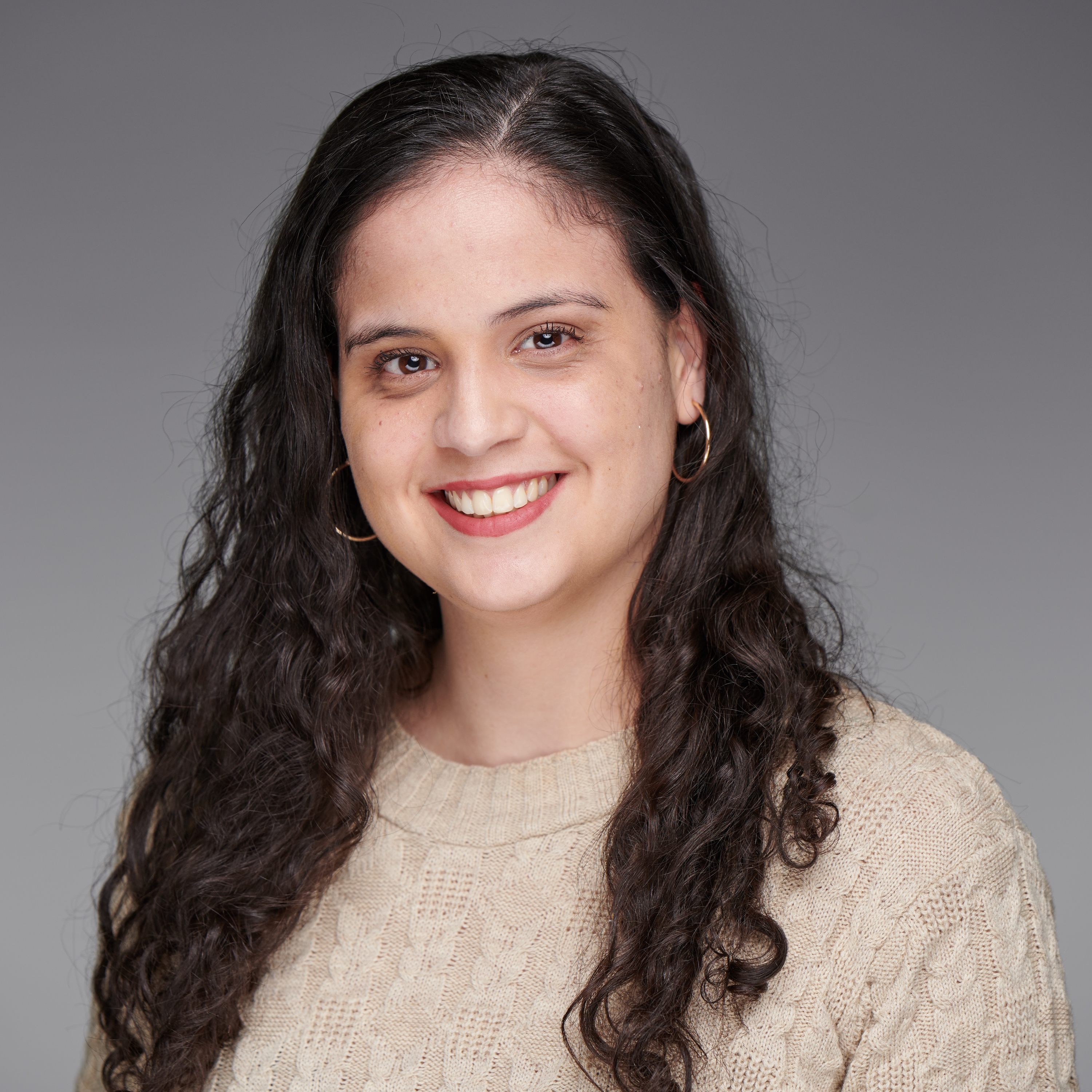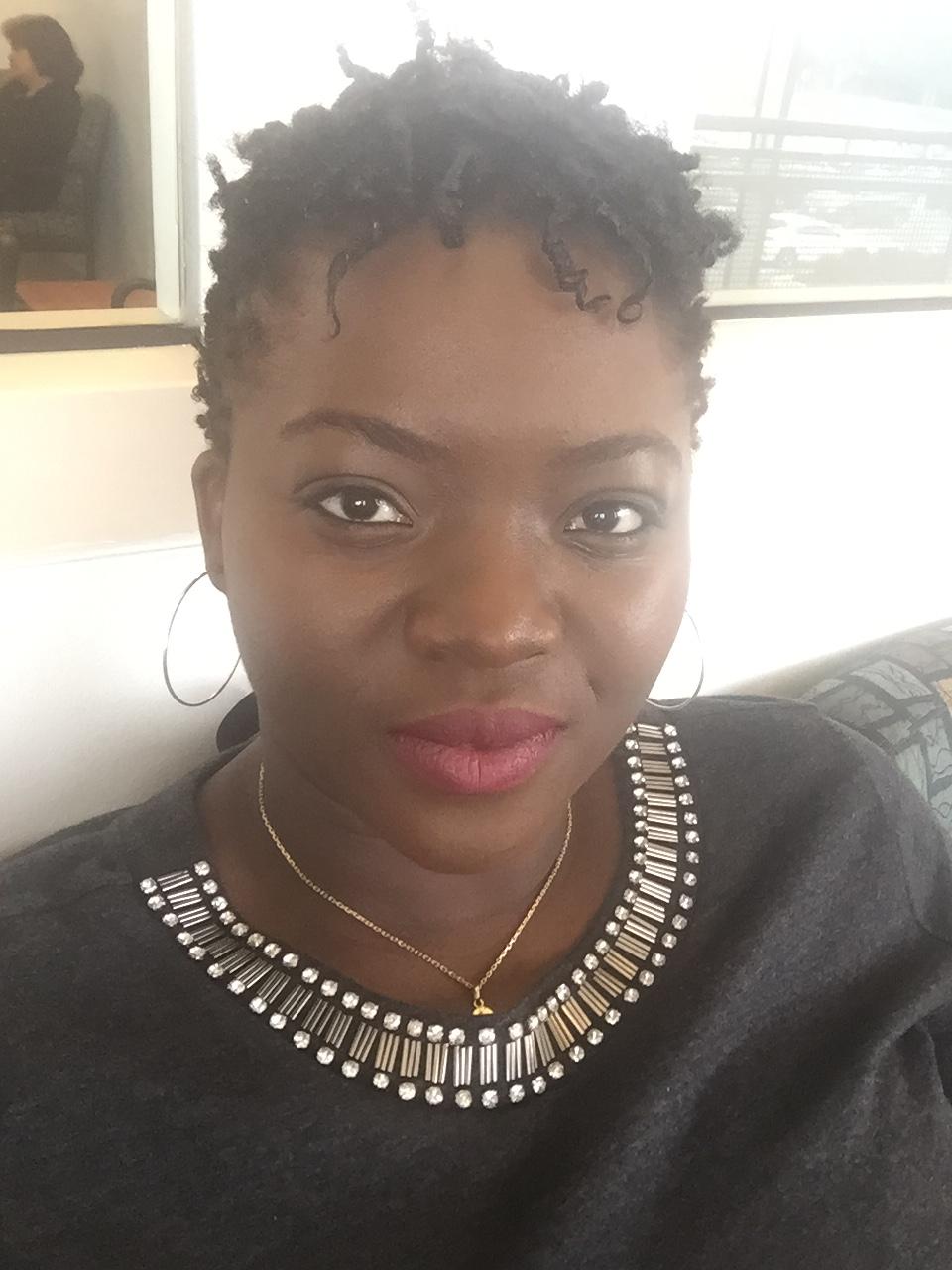Contact Us
TESOL Student Projects
By the end of a TESOL course, students have the opportunity to develop all sorts of outstanding projects as a way to consolidate their course readings and discussions.
Please browse below to review selected projects from recent TESOL courses:
News & Awards
- Jordan Brown published "Helping students think critically about their language ideologies" in AAALGrads.
- Megan Fullarton won a WATESOL Travel Grant to attend the TESOL International Convention & English Language Expo.
Digital Storytelling Projects
TESL-654 students are engaged in digital multimodal composing (DMC) and work collaboratively and independently throughout the semester to create their multimodal digital narrative on a variety of topics.
Digital Storytelling: Allison Crolla, Teaching Philiosophy
Allison Crolla's Teaching Philosophy
See more Digital Storytelling: Maryam Bagabas, Living the Dream
ELT II Projects
Check out the projects that have been developed by students in TESL-602 (English Language Teaching II).
Accessibility
Emine Uzun DeLaitsch
Project Description: This unit, titled ‘Accessibility’, is designed for 18-year-old EFL students at a technical university in Turkey. These advanced learners are in their first year at the university and strengthening their language skills before moving up to content courses delivered in English-medium instruction. Throughout the course of the unit, students are introduced to the issue of accessibility for those with disabilities, and are encouraged to research problems and solutions, including the idea of interactive design. To complete the final project — a presentation to school administrators about recommendations to improve their own building — students must hone their research, interviewing, and presenting skills, as well as their use of persuasive techniques in both speaking and writing.
Emine's Final Reflection: “I think this unit is really practical and the content provides students with the knowledge they would need in the future as well as in the classroom. I think the biggest challenge of this unit would be to get students out of their shells and convince them to have a presentation not only in front of a whole class but also school administrators. Students already tend to be shy when they have to present… That is why I tried to incorporate as much group work as possible throughout the unit and had students present in front of the whole class in the speaking lesson.”
Beyond the Schoolhouse Gate: Engaging with Student Activism
Laura Bolger
Project Description: Beyond the Schoolhouse Gate: Engaging with Student Activism is a timely unit designed for intermediate-level ESL high school students in northern Virginia. The five-lesson unit aims to help students learn about activism, using both current social issues and innovative technology usage to bring the subject to live. While a major goal of the project-based unit is to equip students with the knowledge and skills required to engage in activism on behalf of their own personal priorities, supportive language goals ensure students are building academic skills, too, like paraphrasing, academic discussion, using prefixes and challenging vocabulary. Further, students study fair use of sources, persuasive writing, and digital video editing in completing their final project: a Public Service Announcement video addressing a personally relevant social issue.

Laura's Final Reflection: “The design process for this unit benefited from my ability to pilot many of the activities, including the final project, with a real group of learners. Despite the ubiquity of school walkouts, it is very common for students to participate without fully understanding the reason why. This is especially true for ELL students, who often feel ‘out of the loop’ within the larger school community. Activism also has particular relevance for ELLs, because it is a way for those who do not have citizenship to participate in the political process.”
Exploring the Smithsonian Museum of Natural History
Jessie Ebersole
Project Description: ‘Exploring the Smithsonian Museum of Natural History’ is a unit designed for intermediate-low learners in an adult ESL community education class in Washington, DC. Learners in this class come from around the world and seek to learn English well enough to communicate, primarily in public settings. The unit prepares students to explore a museum, mainly focusing on how to access information and experience the museum itself rather than studying the facts presented. The unit includes cultural elements regarding museum behavior, authentic materials such as museum videos and maps, and experiential learning through an actual museum visit. A wide range of language, content, and skill objectives are included, such as describing activities with verbs and locations with prepositions, making predictions, locating points on a map, analyzing images to draw conclusions, summarizing key points, and brainstorming to generate ideas. At the conclusion of the unit, participants will use their experience and materials to create museum visitors’ guides, which they will present to another ESL class and friends and family.
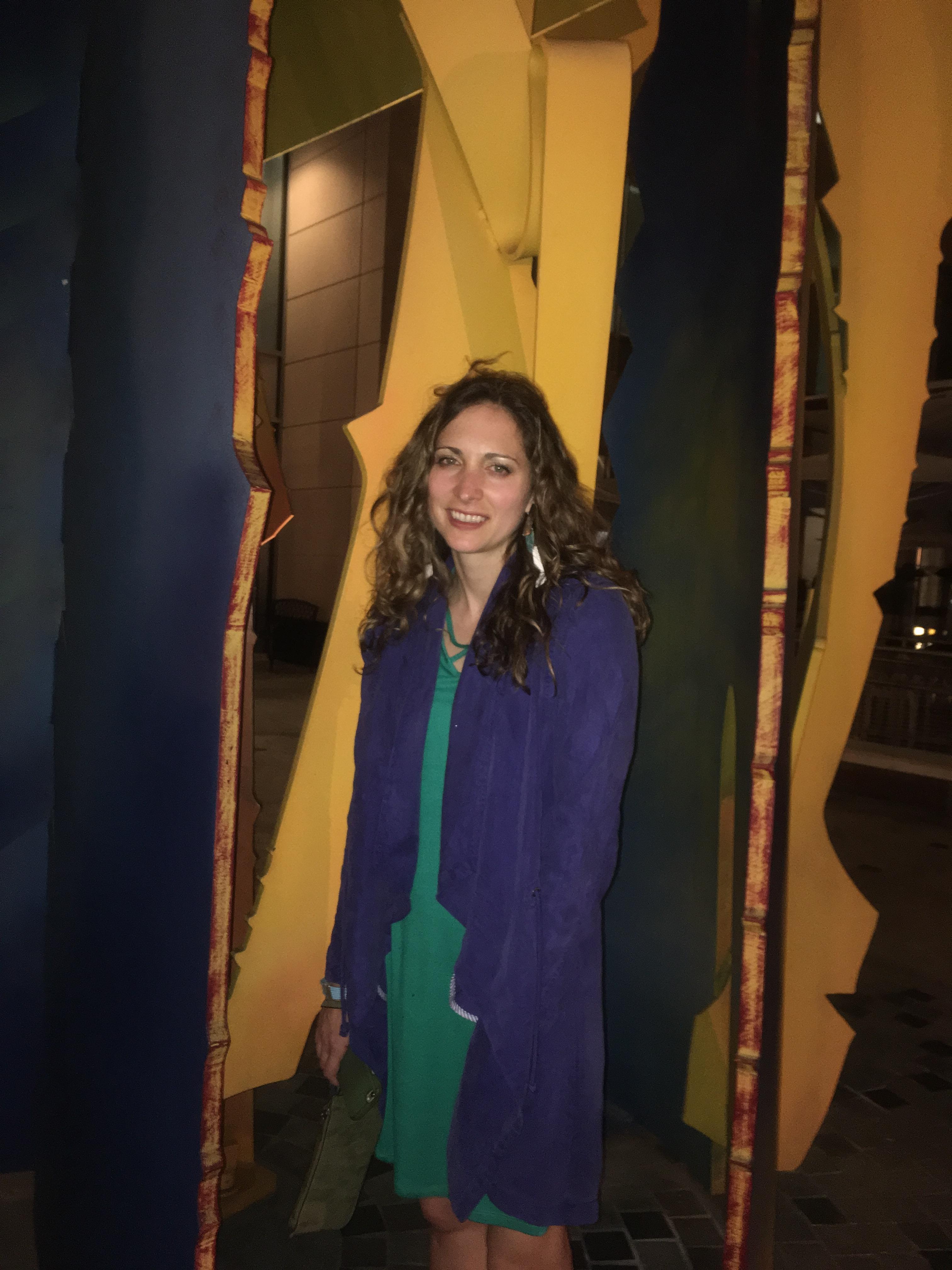
From 'Yuck!' to 'Yum!': Writing for Change
Ellie Crutcher

Project Description: “From ‘Yuck!’ to ‘Yum!’: Writing for Change” is a thematic unit plan for 4th-grade ESL learners in a US public elementary school. These students, who are classified at an intermediate proficiency level, are mainstreamed in a general education classroom for the majority of the day, but work with an ESL teacher in a pullout group during English Language Arts. The unit focuses on the topic of improving school lunches and helps students to learn how to communicate their opinions persuasively with the support of reasons and evidence. Students practice gathering data through peer interviews, draw conclusions from visual and oral sources, learn to paraphrase, and study how to communicate opinions in a polite and professional tones. As a final project, each student will write a two-paragraph problem and solution letter on the topic.

Take a Hike
Margaret Kinsley Johnson
Project Description: The thematic unit ‘Take a Hike’ was designed for an advanced adult TESOL class in a community-based instructional program in Washington, DC. Learners in the course come from all around the world and are aiming to improve their English for both personal and professional reasons. The focus of the unit is on walking/hiking, and it includes opportunities to practice reflection, listening strategies, reading for information, using graphic organizers, and understanding new words through context clues and breaking down compound words. Beyond academic goals, learners will also gain an understanding of the Appalachian Trail, hiking equipment, and basic safety precautions. Based on their research, groups of students will present information on a specific trail, and the class will vote on which trail to hike during their class field trip. The final project for the unit includes three parts: a group informational poster on a specific trail, a journal entry written during the hike, and a whole-class email to author Bill Bryson.
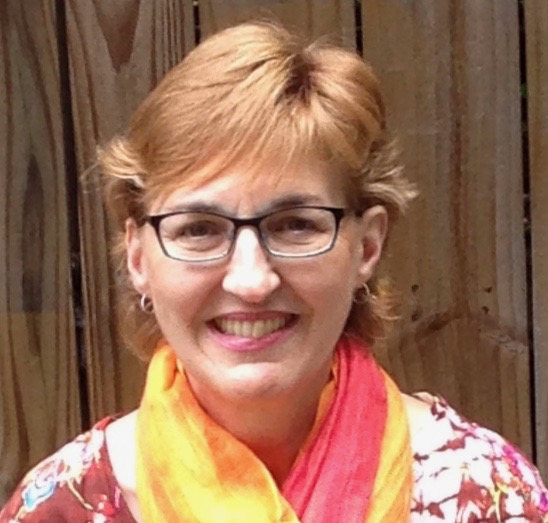
Margaret's Final Reflection: “I wanted to design a unit which tapped into their desire to ‘do’ something and put them in an environment where they could tap into multiple senses while using English… I am also cognizant of the varied ages and socio-economic backgrounds of my students and sought a topic that would be interesting, accessible for all (as long as they have some level of mobility) and would give them a common purpose as a class, i.e. plan and complete a hike together.”
SLA Projects
Check out the projects that have been developed by students in TESL-623 (Second Language Acquisition).
Beliefs on Language Learning Moving from EFL to ESL Context During the Honeymoon Stage: A Case Study
Mariana HERNANDES Grassi
Project Description: What impact can the Honeymoon Stage experiences have on an ELL’s beliefs about language learning? This paper followed the first few weeks of Anna’s study-abroad program in Ireland and sought to answer two questions: (1) To what extent do a learner’s beliefs about language learning change upon arrival and initial settlement into an ESL context (during the Honeymoon Stage)? (2) What effects do these changes have on the learner’s experiences during the Honeymoon Stage? To address these questions, this qualitative study employed four data collection methods: a semi-structured interview, a pre-departure questionnaire, an on-site questionnaire, and journal entries. Additionally, personal communication between participant and researcher was included in the analysis. Analysis suggested that beliefs rooted in a participant’s cultural values are more difficult to change than beliefs connected to contextual situations, and that these changes can impact learners’ experiences through self-esteem ups and downs, varied learning strategy approaches, and communication and cultural awareness.”
Mariana's Final Reflection: “Due to time constraints, it was only possible to report the changes in beliefs during the Honeymoon Stage. Therefore, it must be taken into consideration that there might be more changes in Anna’s beliefs by the end of her experience abroad.”
A Fight to the Death: A Sexagenarian's ESL Learning Strategies and Ten-Year Experience Acquiring English (A Case Study)
Project Description: This research investigates the language learning strategies of a sixty-nine year old adult and the factors over her lifetime which have affected her choice of strategies and which may influence her ability to deploy these strategies to achieve her English language learning goals. Using qualitative research methods a case study of the adult ESL learner was conducted, incorporating oral interviews, written completion of a version of Oxford’s (1990) Strategy Inventory for Language Learning (SILL, version 7.0), and a metalinguistic self-reflection task. An in-depth analysis of the data revealed that the participant employs numerous strategies, especially in the compensatory and metacognitive categories, but her reluctance to use English outside the classroom, as evidenced by low usage of social strategies and an unwillingness to speak English at home or in her neighborhood, mitigate her full engagement with the target language.
 Margaret's Final Reflection: “Good language learning has come to be viewed as more complex than what successful learners do, in terms of strategies, and is seen as encompassing a complex mix of the individual’s access to and reception within particular communities.”
Margaret's Final Reflection: “Good language learning has come to be viewed as more complex than what successful learners do, in terms of strategies, and is seen as encompassing a complex mix of the individual’s access to and reception within particular communities.”
From Businessman to Mentee to Tourist Guide: How a Risk Taker EFL Learner Invests in Language Learning (A Case Study)
Ghislaine Kadouno
Project Description: This case study focuses on Manadou, a 29-year-old Senegalese man with limited formal target language instruction, analyzing (1) the identities he takes on when communicating in English and (2) how his willingness to take risks has affected his English acquisition. The study included an ethnography interview, a reflective journal entry, and a stimulated recall interview. Results showed that the participant’s self-identification as a tour guide, a businessman, and a mentee encouraged him to take risks in speaking more English, even without the support of direct classroom instruction. Interestingly, his motivation to be successful at work drove him to use more English in professional situations, whereas in his role as a mentee, he was more likely to take on the role of listener.
Ghislaine's Final Reflection: “Plenty of research regarding theories of identity, willingness to communicate (WTC), and risk-taking has been conducted with respect to learners receiving formal language instruction. However, few investigations have been done to explore how these groundbreaking theories apply to learners with superficial exposure to explicit language teaching.”
Middle Age Immigrant ESL Learner's Language Learning Motivational Profile in the USA (A Case Study)
Yulia Khoruzhaya
Project Description: Motivation is considered to be one of the most important factors that influence language learners’ routes to acquire a language. Dörnyei (2009) described L2 Motivational Self System (L2MSS) as a system of future self-guides that has strong motivational potential and leads language students to effectively follow their learning objectives. However, the majority of studies that employed the L2MSS framework used secondary and postsecondary learners as their participants (Kormos & Csizér, 2008; Magid & Chan, 2013). Additionally, previous studies on L2 motivation have been conducted primarily in an EFL context. This case study investigated a motivational profile of a middle-aged ESL learner who is a newcomer to the USA. The research employed a qualitative research method. Through the analysis of a semi-structured interview, participant’s personal essay, and stimulated recall interview, the study examines what types of L2 selves are present in the learner’s motivational profile, and the influence of the learner’s Ideal L2 self on her English language development. The study found that the participant developed an elaborate and vivid picture of an Ideal L2 self that is built upon positive feelings and emotions. Additionally, a robust image of self as a successful L2 user results in an increased level of motivation and an increased effort in the participant’s learning behavior. This study contributes to the understanding of motivational incentives that underlie second language acquisition of this learner population and provides implication for language teaching.
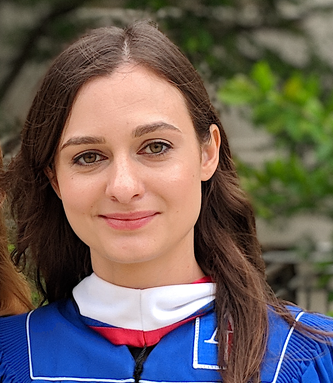
Yulia's Final Reflection: “There are few studies on language learning motivation of immigrants who are learning English in an immersive English-speaking community. Their lived experiences differ from those learners who study English in a foreign language context, where English is acquired primarily through schooling and is viewed as a global language.”
A Student's L1 Use in the EFL Classroom: In What Ways Can Rakhinese Be Used as a Learning Aid? (A Case Study)
Aung Ko Zaw
Project Descrition: Naymin, a 20-year-old male university student in Sittwe, Myanmar, was the subject of this study. Within his EFL classroom, the students and teacher all shared the same L1 — Rahkinese — and this study focuses specifically on the ways Naymin used his L1 in class activities and how the L1 use affected his language learning in the classroom. Multiple data collection methods were used in this study, including an interview in Rakhinese on Facebook Messenger, an essay about childhood memories, a monologue recording about objectives in learning English, video recordings of two speaking activities in the EFL class, and a stimulated recall interview. An in-depth analysis of the data revealed that the participant used his L1 for two primary purposes: for clarifying meaning and explaining vocabulary, and for socializing with his classmates. Overall, some beneficial roles of L1 usage in the student’s L2 learning were observed and the degree of task difficulty was also found to have significant impact on the probability of the student’s L1 use.

Aung's Final Reflection: “The use of first language (L1) has often been frowned upon as an impediment to student target language production in the second or foreign language (L2) classrooms and the role of first language in L2 learning has been disparaged by target-language-only principles. However, first language use, particularly in the English-as-a-foreign-language (EFL) setting, is a naturally occurring phenomenon, and L1 use as effective learning aid in L2 classes, therefore, needs to be explored to help students take advantage of L1 in their target language learning.”

